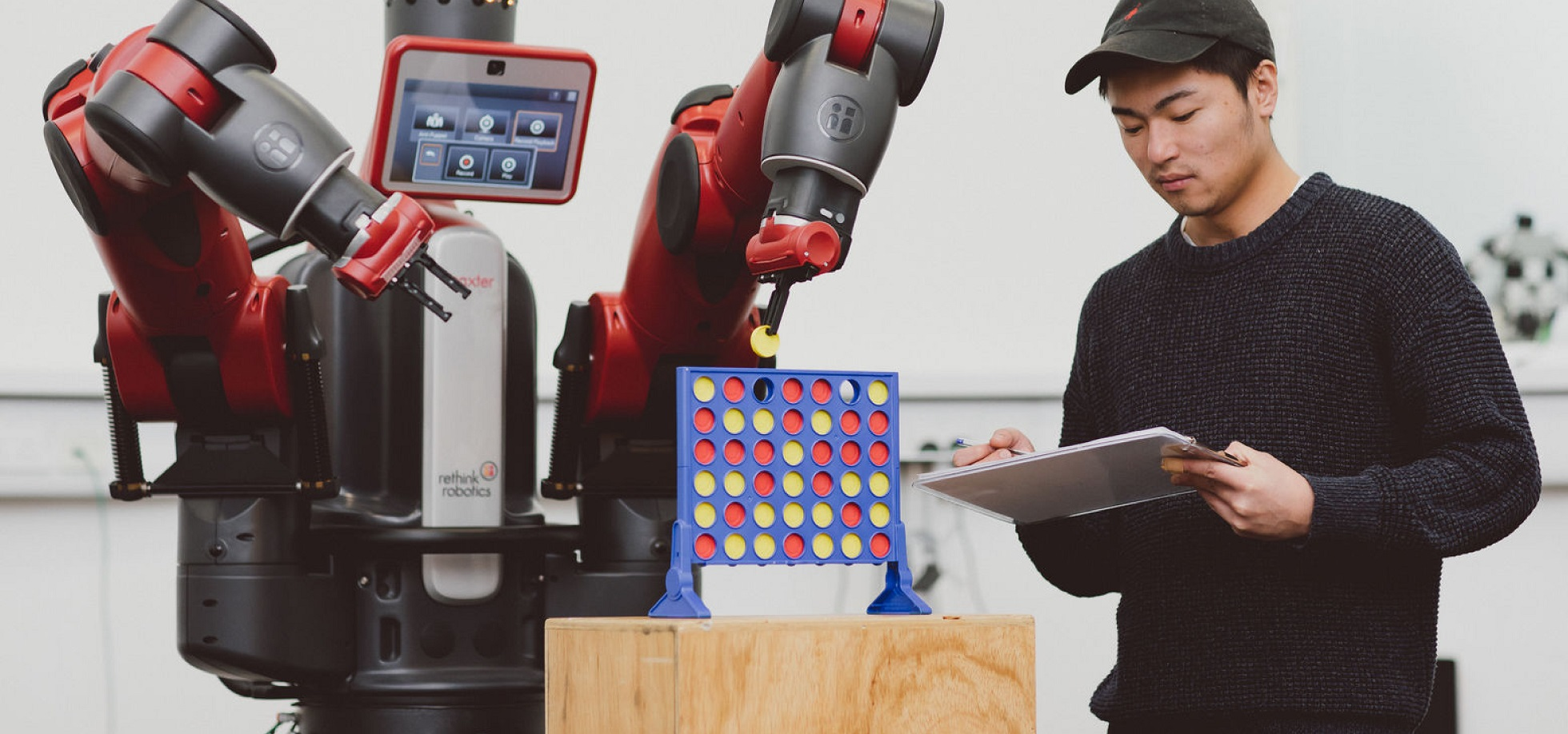
This module is one of two concerned with scientific and engineering foundations on which electronics is based. All electronics components are based on physical principles that relate voltage, current flow and the storage or loss of energy. All the theory we need to learn about how circuits behave is based on the fact that electric charge cannot be created or destroyed, and that the energy of each electron just depends on where it is, and how fast it is moving. How charges move in materials depends on their crystal structures. From basic ideas, the main principles of electronics are built up so that they can be used in the wider study of electronics to solve problems.
Upon completion of this module, students should have gained an understanding of electronic principles that enables them to analyse basic network circuit problems.
Learning Outcomes
After completing this module, students will be expected to be able to:
1. Apply dimensional analysis to electrical units and formulae
2. Find forces on charges or systems of charges in electric fields
3. Evaluate forces on current elements in a magnetic field
4. Explain the basic properties of conductors, insulators and semiconductors
5 Apply concepts such as Thévenin and Norton sources to resistor networks
6 Apply a systematic method such as mesh or nodal analysis
Outline Syllabus
. Introduction to vectors. Addition of vectors; description of rotation in two dimensions by matrix; scalar products, and invariance to rotations. Vector products, and representation of torque.
. Kinematics: velocity as rate of change of position, acceleration as rate of change of velocity. Introduction to derivatives. Rotary motion.
. Charges and Fields; Forces on static and moving charges due to electric and magnetic fields; Electric fields due to charges; conservation of charge. Potential and electrical energy.
. Charge mobility in materials, electrical current as collective charge motion. Concept of resistance, and Ohms law for linear materials; conductance; series and parallel combinations. Principles of conservation and Kirchhoff laws as basis for electrical theory; Networks with sources: Thevenin and Norton theorems. Matrix description of a network.
. Series and parallel circuit paths; Basic electrical measurements
Upon completion of this module, students should have gained an understanding of electronic principles that enables them to analyse basic network circuit problems.
Learning Outcomes
After completing this module, students will be expected to be able to:
1. Apply dimensional analysis to electrical units and formulae
2. Find forces on charges or systems of charges in electric fields
3. Evaluate forces on current elements in a magnetic field
4. Explain the basic properties of conductors, insulators and semiconductors
5 Apply concepts such as Thévenin and Norton sources to resistor networks
6 Apply a systematic method such as mesh or nodal analysis
Outline Syllabus
. Introduction to vectors. Addition of vectors; description of rotation in two dimensions by matrix; scalar products, and invariance to rotations. Vector products, and representation of torque.
. Kinematics: velocity as rate of change of position, acceleration as rate of change of velocity. Introduction to derivatives. Rotary motion.
. Charges and Fields; Forces on static and moving charges due to electric and magnetic fields; Electric fields due to charges; conservation of charge. Potential and electrical energy.
. Charge mobility in materials, electrical current as collective charge motion. Concept of resistance, and Ohms law for linear materials; conductance; series and parallel combinations. Principles of conservation and Kirchhoff laws as basis for electrical theory; Networks with sources: Thevenin and Norton theorems. Matrix description of a network.
. Series and parallel circuit paths; Basic electrical measurements
- Module Supervisor: Xinruo Zhang